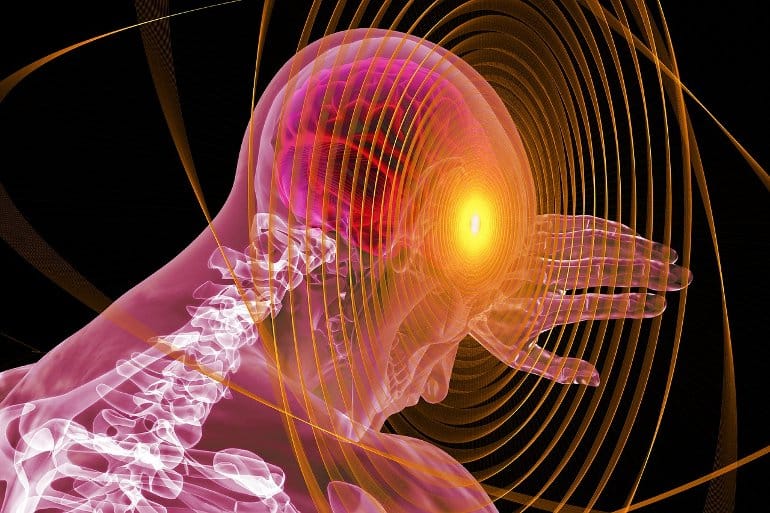Findings showed those with a history of concussions and headaches exhibited increased iron accumulation in the brain, correlating with the number of concussions and frequency of headaches. This study, supported by the U.S. Department of Defense and NIH, suggests iron accumulation could serve as a biomarker for concussion-related injuries, offering new insights into brain recovery processes.

Key Facts:
- Higher Iron Levels in Concussion Patients: Individuals with concussions and subsequent headaches showed greater iron accumulation in brain areas like the left occipital area and right cerebellum.
- Correlation with Concussion History: The extent of iron accumulation was linked to the number of concussions and headache frequency, highlighting potential long-term brain injury markers.
- Indirect Measure of Iron Burden: The study utilized an indirect method to assess iron levels, suggesting findings could reflect changes due to hemorrhage or tissue changes, not just iron.
Source: AAN
People who have headaches after experiencing concussions may also be more likely to have higher levels of iron in areas of the brain, which is a sign of injury to brain cells, according to a preliminary study released today, March 5, 2024, that will be presented at the American Academy of Neurology’s 76th Annual Meeting taking place April 13–18, 2024, in person in Denver and online.
“These results suggest that iron accumulation in the brain can be used as a biomarker for concussion and post-traumatic headache, which could potentially help us understand the underlying processes that occur with these conditions,” said study author Simona Nikolova, PhD, of the Mayo Clinic in Phoenix, Arizona, and a member of the American Academy of Neurology.
The study involved 60 people who had post-traumatic headache due to mild traumatic brain injury, or concussion. The injuries were due to a fall for 45% of the people, 30% were due to a motor vehicle accident and 12% were due to a fight.
Other causes were the head hitting against or by an object and sports injuries. A total of 46% of the people had one mild traumatic brain injury in their lifetime, 17% had two, 16% had three, 5% had four and 16% had five or more mild traumatic brain injuries.
The people with mild traumatic brain injuries were matched with 60 people who had not had concussions or post-traumatic headache.
All the participants had brain scans to look at iron levels in various areas of the brain, using an indirect measure for iron burden. For those with mild traumatic brain injuries, the scans were taken an average of 25 days after the injury.
The study found that compared to the people without concussion, those with a history of concussion and headaches had higher levels of iron accumulation in several areas of the brain, including the left occipital area, right cerebellum and right temporal lobe.
For example, in the left occipital area, those with concussion and headaches had more iron accumulation than those with no concussion or headaches.
Researchers also found that the more concussions people had over their lifetime and the more frequent their headaches were, the more likely they were to have higher levels of iron accumulation in certain areas of the brain. They also found that the more time that had passed since the concussion occurred, the more likely people were to have higher levels of iron accumulation in areas of the brain.
“Previous studies have shown that iron accumulation can affect how areas of the brain interact with each other,” Nikolova said. “This research may help us better understand how the brain responds and recovers from concussion.”
Nikolova said that since the study used an indirect measure of iron burden, it’s possible that the change in that measure could be due to other factors such as hemorrhage or changes in tissue water rather than iron accumulation.
